Infections
For more information on the infection treatments that are available, please use the toggle switches below:

Athletes Foot or Tinea Pedis is a name given to a fungal infection of the feet, caused by fungi growing and multiplying on the skin. It occurs primarily between the toes, but can be anywhere on the foot, and can affect anyone, not just athletes. If left untreated it can spread to other parts of the foot and sometimes spreads to the toe nails, causing Fungal Toenails. It can manifest in a number of different ways depending on the type of fungi that is present on the skin. Between the toes it looks white and soggy usually where there is excessive moisture. Sometimes the skin will split and will become itchy and smelly.
Athletes Foot can be extremely uncomfortable, causing the skin surrounding the area to become inflamed and swollen, sometimes containing sticky fluid. People suffering from this condition may also experience a scaly rash on the underside of their foot , causing cracks in the skin.
Other areas of the feet such as the soles may become affected by different types of fungi appearing as blisters or flaky dry skin. Caught in damp environments such as gyms changing rooms and shower floors the fungi that cause the infection thrive in warm, dark and moist places.
Symptoms :-
- Dry, itchy lesions
- Burning, itching or stinging sensation between the toes
- Itching, red, dry, scaly and flaky on the soles
- Blisters on the feet that itch
- Sticky fluid between the toes
- Rash, or cracks on the underside of the foot
- Often people with athletes foot can also develop fungal nail infections
- If left untreated, this condition can become very painful
- Discoloured, thick, crumbly toenails that become detached from nail bed
Causes :-
Anyone can develop this condition, though it is more common in people with sweaty feet, as the fungi thrive in warm, moist environments. Many people can have the fungus present on their feet but are not affected by it however cracks or abrasions allow fungus to enter the skin, consequently symptoms then develop.
Athletes foot can be spread around your body, if you scratch your feet it can spread to your hands. It is also contagious and can easily spread to other people by touching infected skin or coming into contact with contaminated surfaces or objects. You are more prone if you have a weakened immune system or health conditions such as diabetes. Athletes foot can also cause the skin to split between the toes leading to a bacterial infection and in severe cases cellulitis, which causes the foot to become red, hot and swollen.
Prevention :-
- Keep your feet clean and dry, particularly the between your toes
- Wearing cotton socks and roomy shoes made of natural materials
- Change your socks and stockings every day
- Alternate your footwear to allow them to dry out
- Do not walk barefoot in public areas
- Do not share towels, socks, shoes
- Applying surgical spirit between toes to stop them getting sweaty
- It is important not to use moisturiser between your toes, as this can help fungi multiply
Treatments :-
Unlikely to get better on its own, it can usually be treated using anti-fungal treatments from pharmacies. Treatment should aim to control moisture and perspiration whilst also treating the infection with the appropriate drugs and topical remedies.
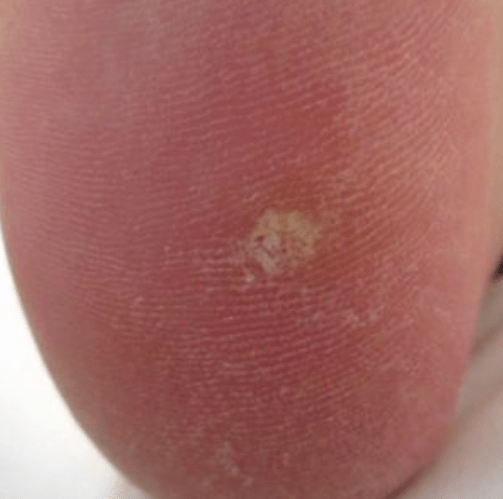
Verruca Pedis are caused by the Human Papilloma Virus HPV and are probably the most common condition we treat.
Highly contagious and stubborn they are not easy to deal with and flourish in damp conditions such as swimming pools, showers and bathrooms. It is sensible to treat verrucae as early as possible. Unfortunately, the old-fashioned advice ‘to leave them alone unless they hurt’ merely provides them with the chance of spreading, causing more pain, embarrassment and costs.
They may appear as rough areas of skin and fibrous in texture with a well defined border, some types have black spots inside them. Verrucae may be singular or multiple and some are very painful when they appear on weight bearing areas such as the heel or ball of the foot.
Occasionally verrucae may be very persistent and require regular treatment over a long period of time.
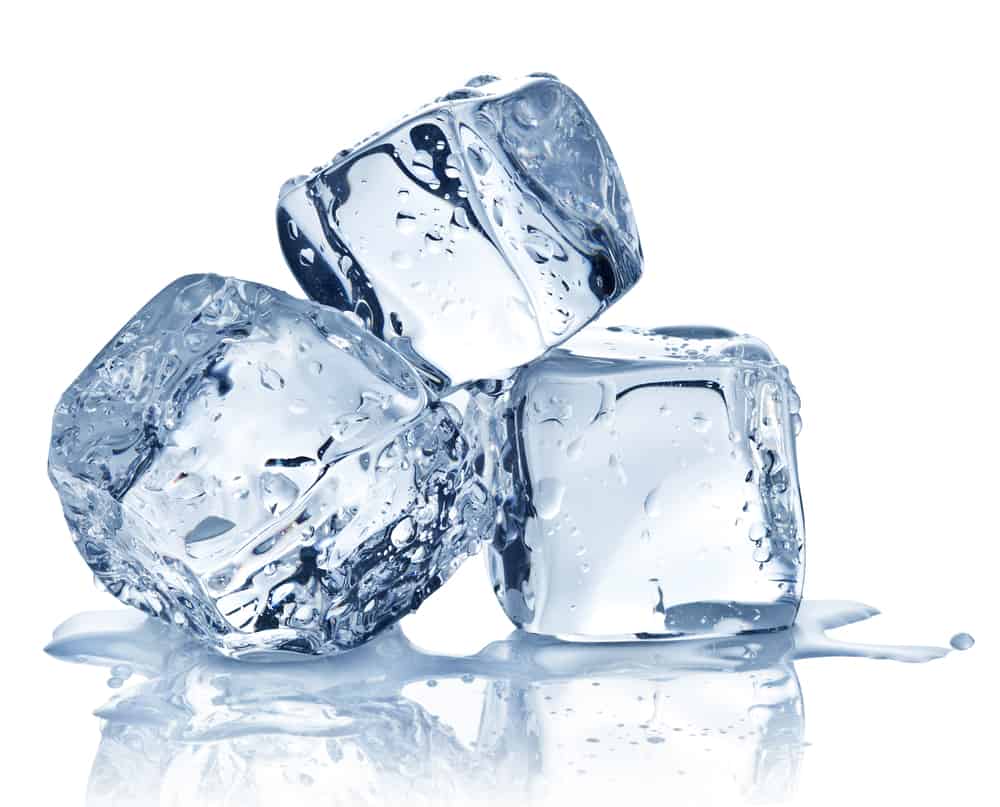
Differentiating between verrucae and corns can prove difficult. A qualified Podiatrist will be able to advise you and in most cases offer a diagnosis and treatment as they are specialists in this area. The clinic offers a wide range of treatments including Low Level Laser Therapy, Cryotherapy (freezing) with two types of cryospray, Topical Chemical Treatments, which enable better penetration to the infected tissues.
A course of treatment is usually required and the podiatrist will offer advice on the best options for you.
Just Out – Swift® microwave Verruca breakthrough at Market Street Clinic
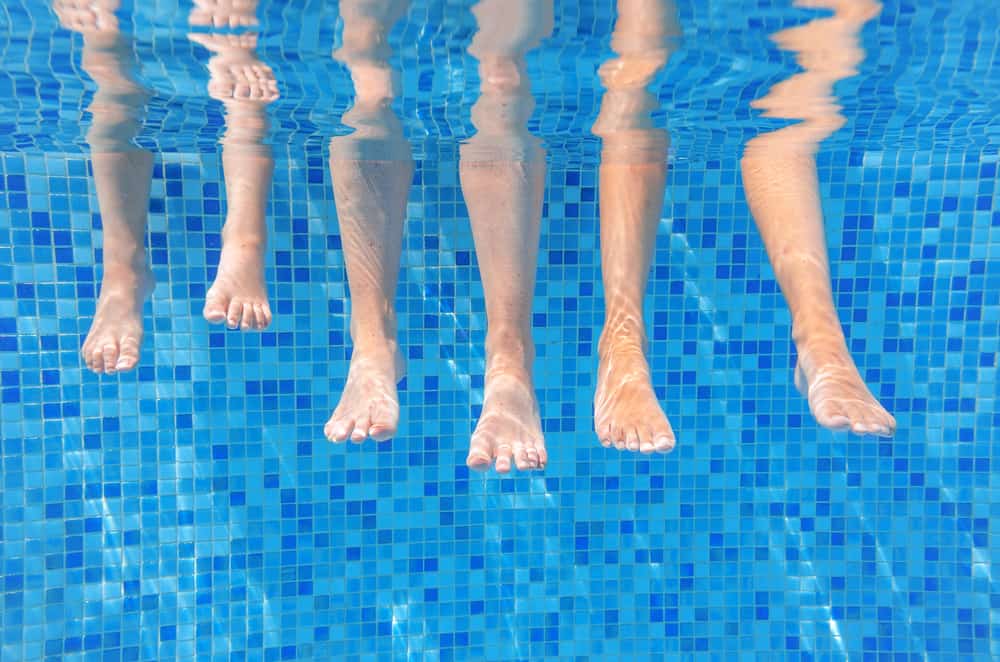
Swift® is the brand new revolutionary microwave therapy for verrucas. It’s quick and convenient with no need for acids, drugs, needles, or padding and strapping. Just state-of-the-art technology and over 20 years of experience in providing excellent verruca treatment.
Verrucas are warty growths on the foot caused by a virus, and as such are difficult to treat effectively. Contracted in communal areas, such as swimming pools and changing rooms, verrucas are contagious therefore to reduce the risk of catching them, precautions should be taken by avoiding walking around barefoot in communal areas. Verrucas are one of the most common foot complaints amongst patients in the UK, causing pain, embarrassment and irritation. Notoriously difficult to get rid of, traditional treatments can be painful, invasive and protracted, however a breakthrough has been made in the treatment of verrucas that offers a faster and more predictable outcome.
Swift® is a brand new technology, developed in the UK, which has been licensed for the general treatment of skin lesions in Podiatry and Dermatology. Swift uses microwave energy which is delivered through a special probe applied to the skin to treat the affected tissue. The infected tissue can exist several millimetres below the skin and can be difficult to treat using traditional methods resulting in untreated tissue. Using the Swift probe we can deliver a precise dose of energy deep into the affected area. Microwaves travel quickly into the tissue causing localised heating and cell destruction within a pre-determined depth resulting in seconds later the treatment is complete and the healing cascade begins immediately. Treated tissue is quickly replaced repaired and regenerated.
“Significant advantages over traditional therapies” Dr. Ivan Bristow, Southampton University
Market Street Clinic has now introduced the first Lunula non-thermal, painless treatment of Onychomycosis (fungal nail infection) targeting nail fungus and stimulating new clear nail growth in Cornwall.
Safe and effective Lunula Laser poses none of the risks and harmful side effects of oral medications and is painless, unlike other laser treatments.
Lunula laser is able to target fungal cells directly and has no detrimental effect on healthy skin or nail and requires no anaesthetic and no recovery period.
-97% of subjects demonstrated new growth of clear nails
-Worlds leading fungal nail treatment
-No dangerous oral anti-fungal medications
-No pain, no downtime and no risk
-6.1mm new clear nail growth at 6 months
-1st and only FDA Market cleared device for new clear nail growth at 6 months
At present Lunula Laser is the safest, most effective fungal nail treatment. Fast and used extensively worldwide, it produces much higher success rates than any traditional treatment, including topical treatments such as ointments, sprays, lacquers and oral medications.
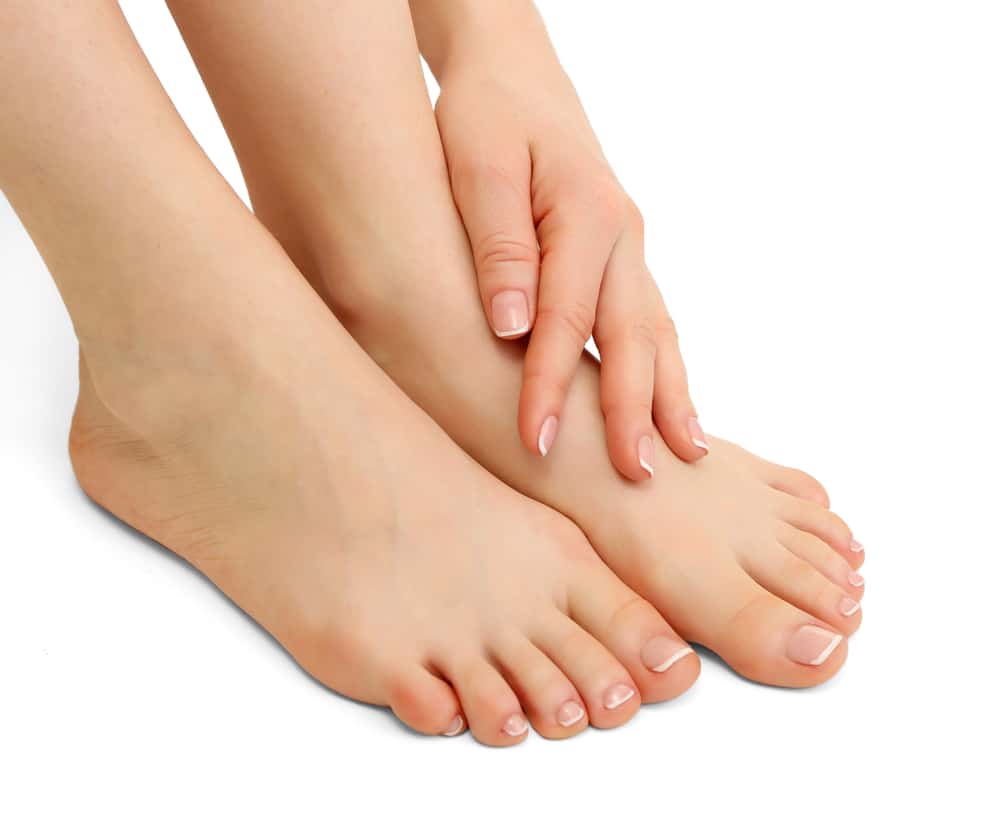
Onychomycosis is a fungal infection that occurs as a result of the fungi that cause athletes foot infecting either the fingernails or toenails. Usually spreading from the skin into the nails. The most prevalent fungi that infects the foot is called a “dermatophyte”. Fungal infections normally develop over time, so any immediate difference may not cause any obvious signs at first.
Symptoms :-
Fungal toe nails often appear to have white yellow or brown patches and may alter in its structure. It can affect a small part of the toe nail or the whole the nail sometimes making it thick crumbly and brittle and very difficult to cut.
As it progresses, the infection can cause :-
- Discolouration of the nail – it may turn white, black, yellow or green
- Thickening and distortion of the nail – it may become an unusual shape and be difficult to trim
- Pain or discomfort – when placing pressure on the affected nails
- Pieces may crumble, break off and come away completely
- The surrounding skin may also become infected and become itchy, flaky dry or red and swollen.

Causes :-
- You’re more liable to get a fungal nail infection if you:-
- Don’t keep your feet clean and dry
- Hot and sweaty feet
- Wear shoes made of man made materials
- Walking barefoot in communal showers, gyms and changing rooms is where most people catch fungal infections
- Injuries
- A weak immune system
- Diabetes, psoriasis, obesity or peripheral arterial disease
- Living in hot and humid climates.
- Severe injuries to the nail may also lead to a bacterial infection
Communal areas where there are showers changing rooms and gyms are where people are most likely to come in to contact with this type of infection. If you get a manicure or pedicure at a nail salon, be sure to ask how the staff disinfects their tools and how often they do it. Tools, such as emery boards and nail clippers, can spread fungal infections from person-to-person if they’re not sanitized.
Prevention:-
You can reduce your risk of developing a fungal nail infection by:-
- Keeping your hands and feet clean and dry
- Well-fitting shoes and clean socks made of natural materials
- Keeping the nails short
- Using your own clippers and towels and not sharing with other people
- Wearing flip flops or protective shower shoes in communal areas
- Replacing infected footwear or have them sanitised
- Treat athletes foot as soon as possible to prevent the infection spreading to your nails
- Nail salon equipment can sometimes be the source of fungal nail infections. If you regularly visit a salon, make sure any equipment used is properly sterilised between uses.
- Fungal nail infections can be spread to other people, so you should take steps to avoid this if you have an infection.
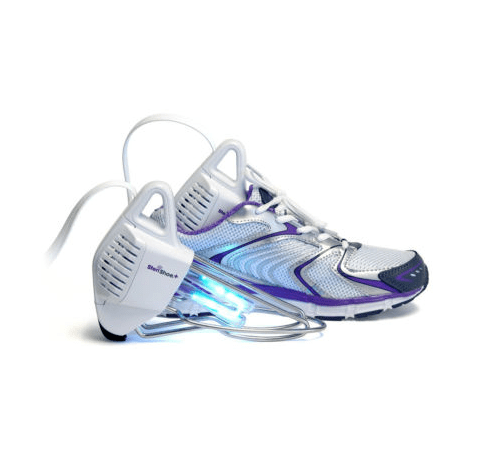
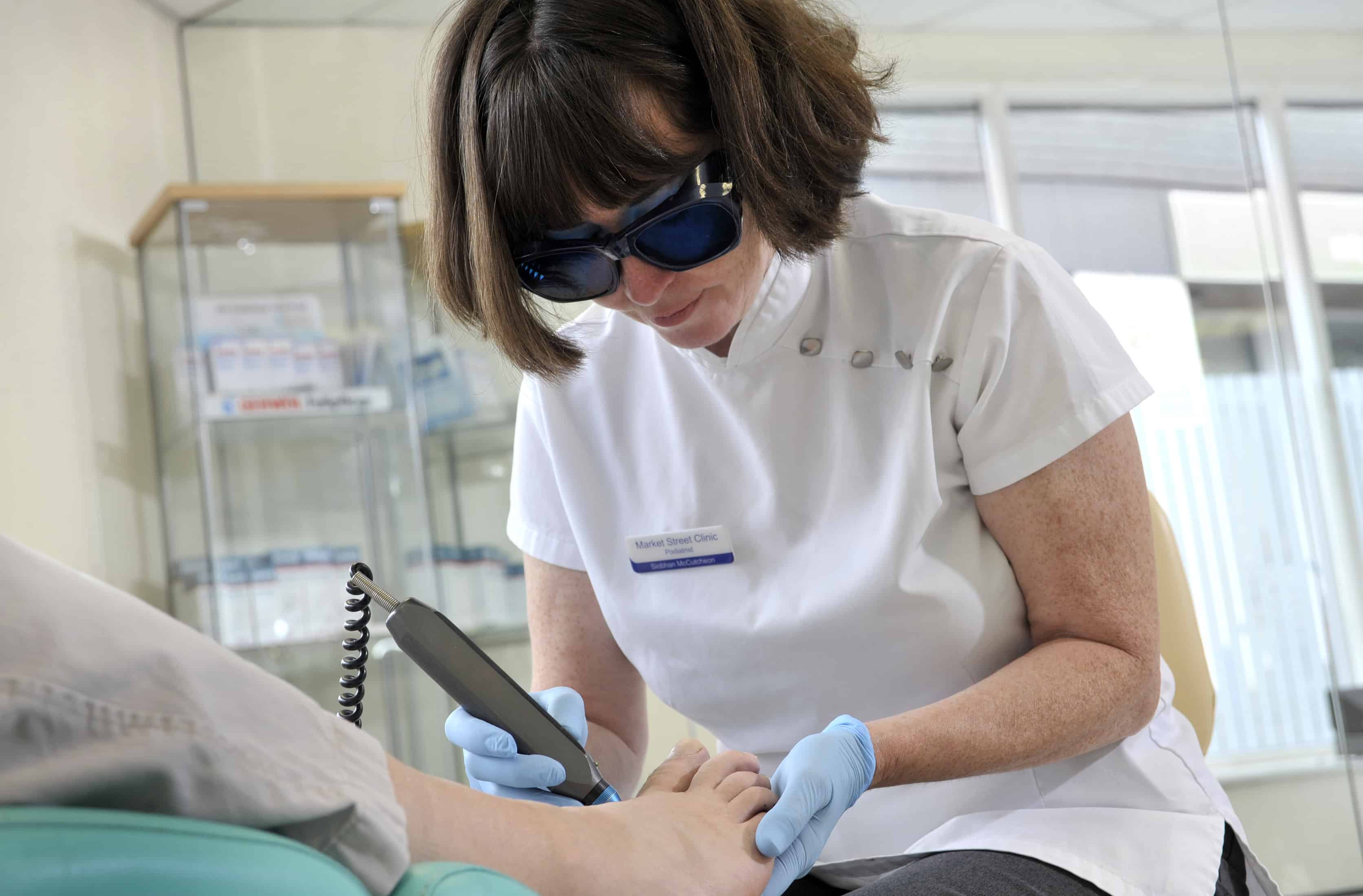
Treatments :-
- Oral anti fungal medication (possible side effects)
- Nail Laquer (we have not found this to be very successful)
- A procedure to remove the nail completely may be recommended in severe cases
- Low level laser treatment, where a high-energy laser is used to destroy the fungus.(no side effects)
Treatment or not, you should still practise good foot hygiene to stop the infection getting worse or spreading to others.
A Podiatrist will be able to diagnose fungal nails and advise on the appropriate care plan.
Market Street Clinic has now introduced the first Lunula laser in Cornwall along with the traditional Low Level Laser therapy for the successful treatment of fungal nails.
Daily Mail article on Low level laser therapy link:-
http://www.dailymail.co.uk/health/article-2110800/Pain-free-laser-banishes-toenail-fungus.html
Results of gov clinical trials on Low level laser therapy :-
https://clinicaltrials.gov/ct2/show/NCT01534689
Market Street Clinic Low Level Laser Therapy treatment results
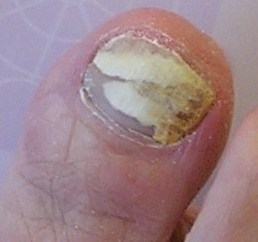
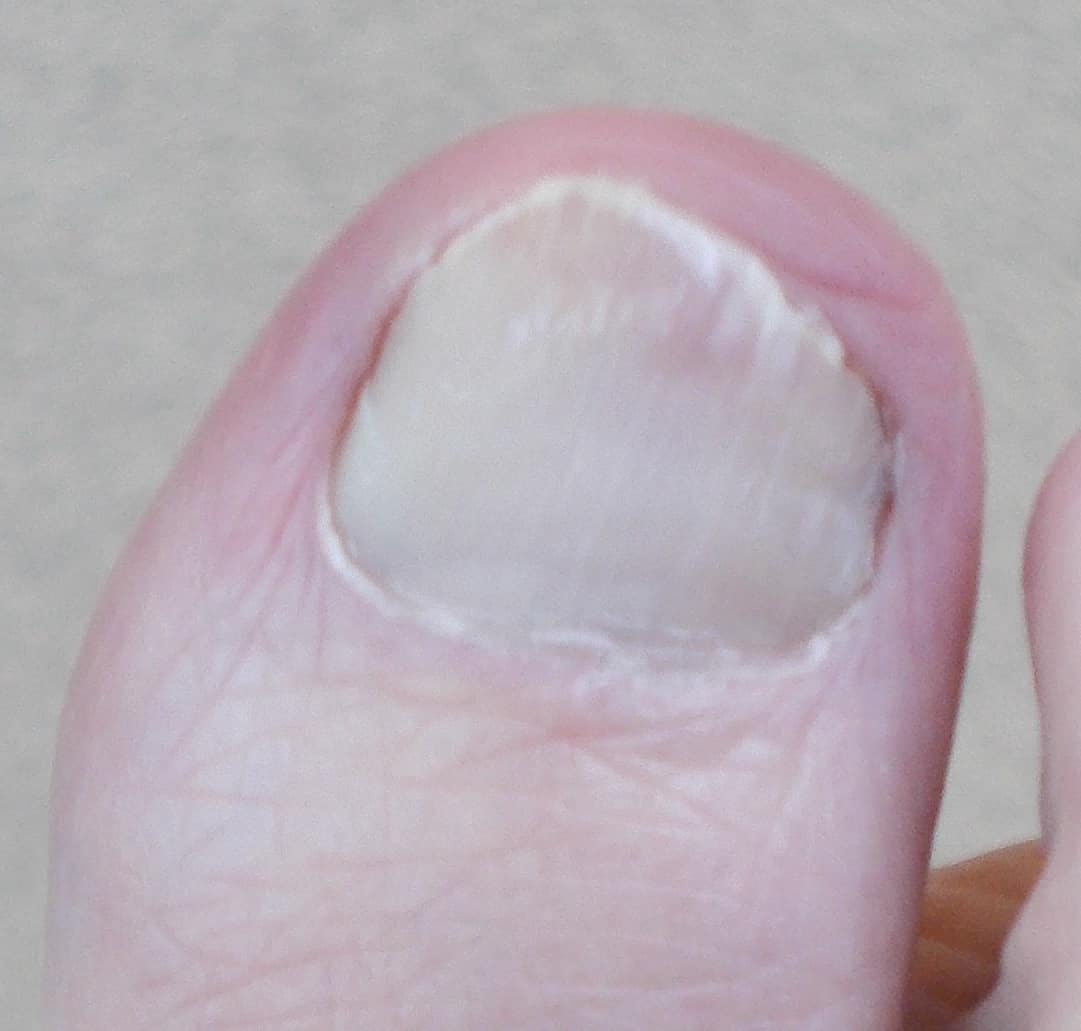
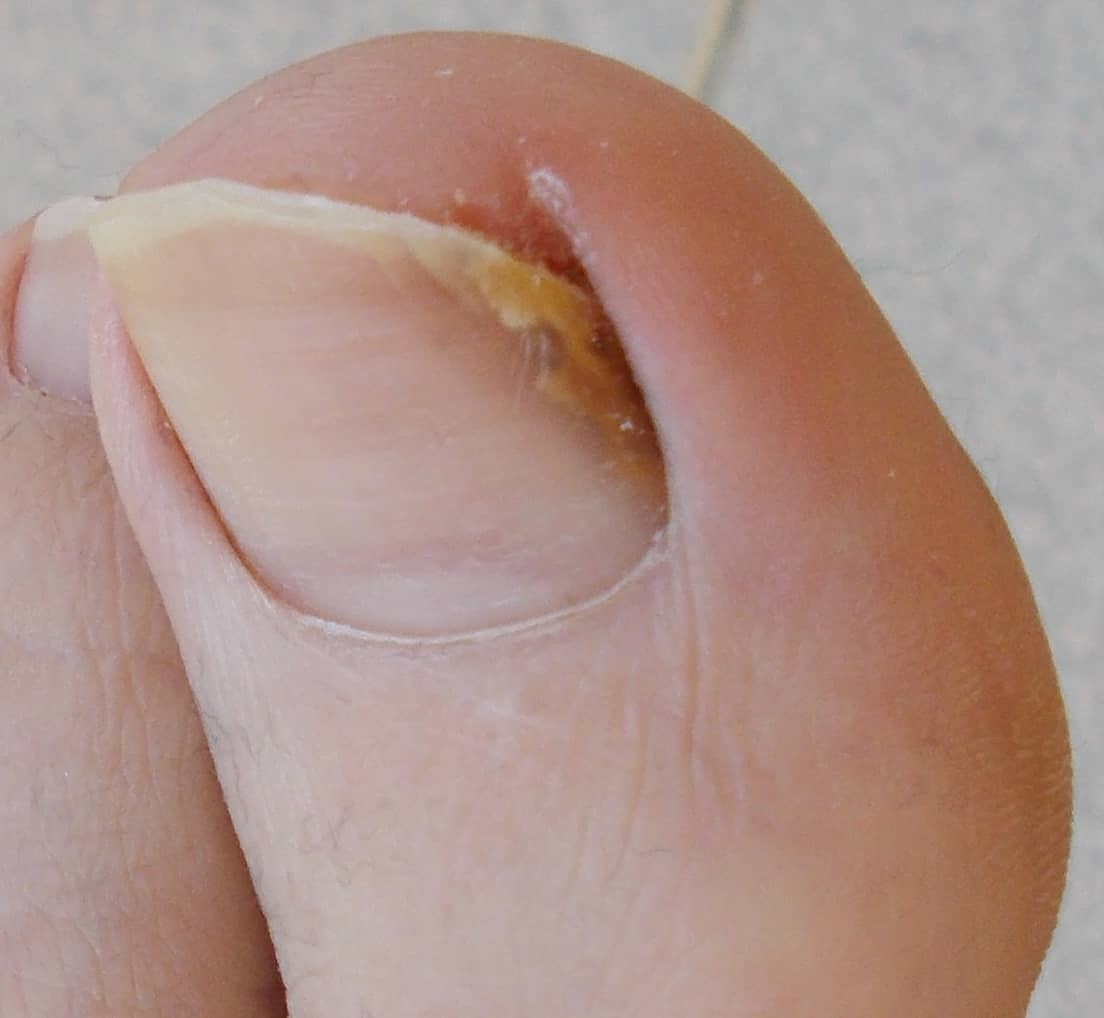

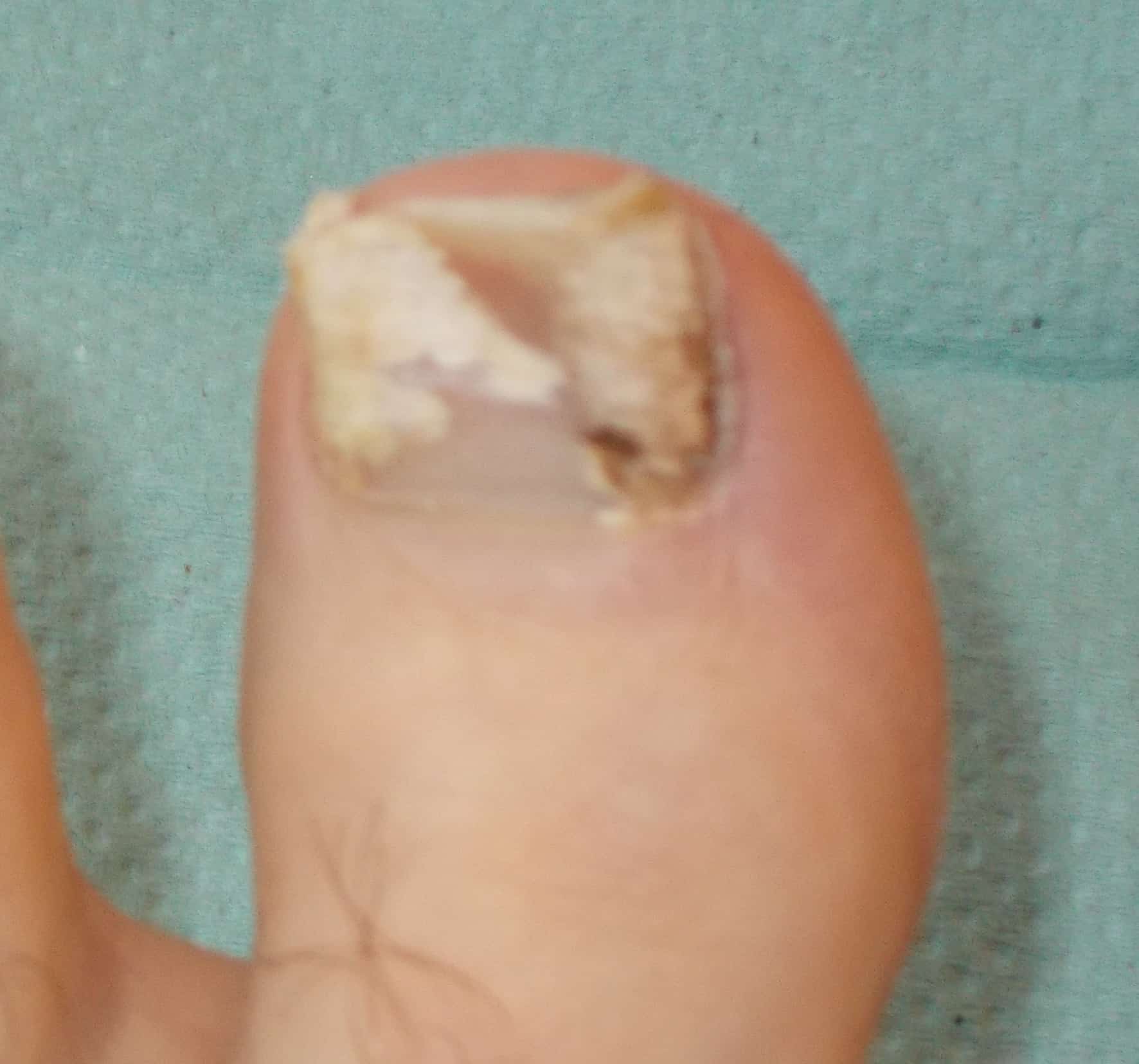
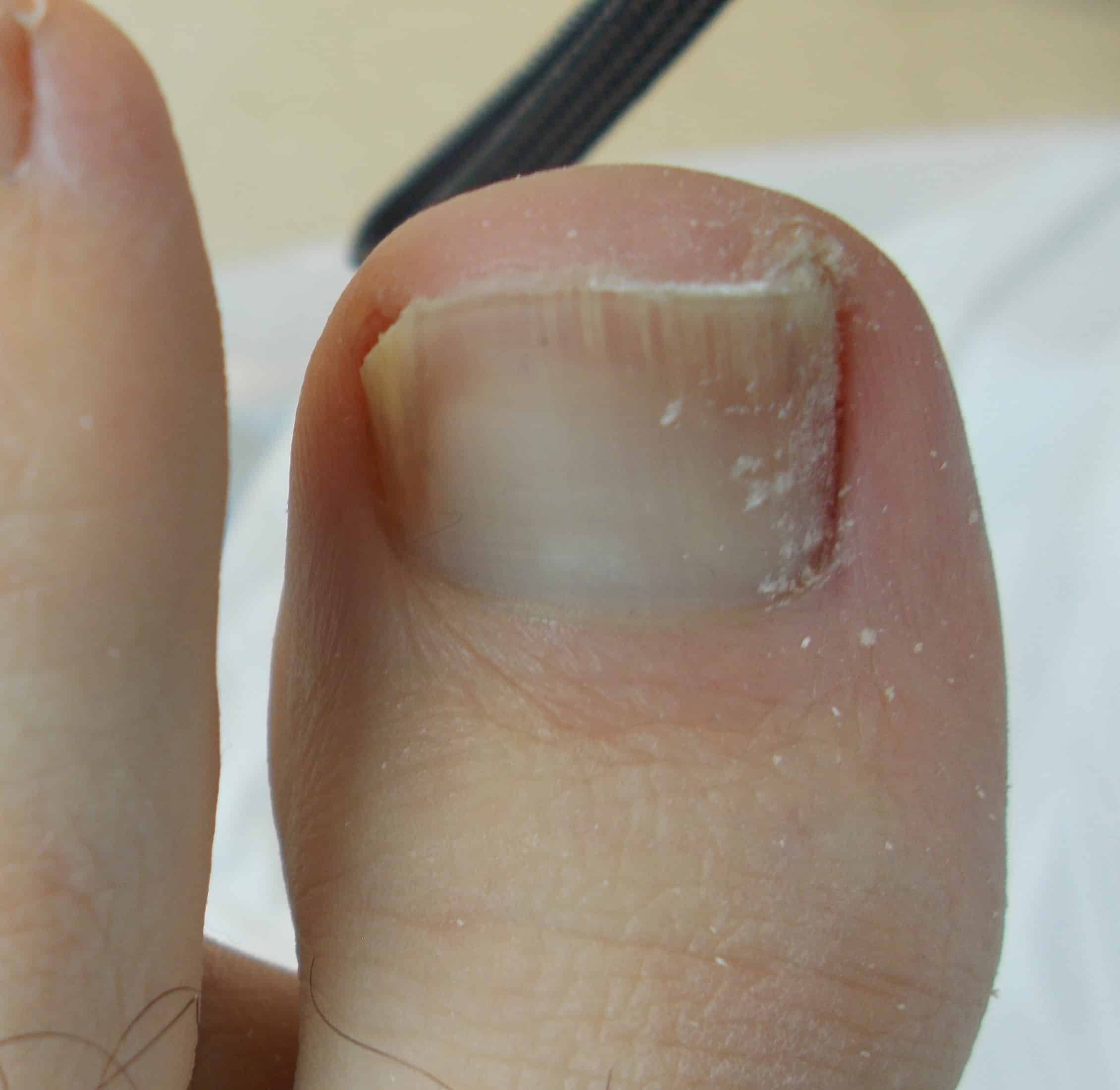
1 before and after
2 before and after
3 before and after
When you go for your laser nail treatment, be sure to bring clean socks to wear after your laser toenail treatment and ask for the shoes too be sanitized. That way your newly treated toenails will go back in a healthy, germ-free shoe.